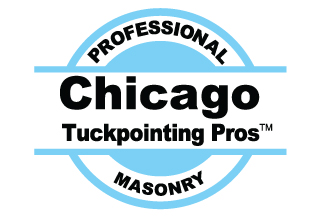Codes and Symbols: Decoding the Language of Masonry
Masonry, also known as Freemasonry, is a secretive fraternal organization that has been around for centuries. Its members, known as Freemasons, follow a set of rituals, traditions, and symbols that are said to date back to the medieval stonemasons who built the great cathedrals of Europe. At the heart of Masonic symbolism are codes and symbols that are used to convey meaning and communicate important messages.
One of the key aspects of Masonic symbolism is the use of geometric shapes, such as squares, compasses, and the all-seeing eye. These symbols are used to represent various principles and values that are important to Freemasons, such as honesty, integrity, and brotherhood. The square, for example, is said to represent virtue, while the compasses represent limits and boundaries.
Another important symbol in Masonry is the checkered floor, which is said to represent the dual nature of life – the balance between light and darkness, good and evil. This symbol is often seen in Masonic lodges, where members gather to conduct their rituals and ceremonies.
In addition to geometric shapes, Masonic symbolism also includes mythical and religious symbols, such as the pillars of Boaz and Jachin, which are said to represent strength and stability, and the all-seeing eye, which is said to represent the watchful gaze of a higher power.
Decoding the language of Masonry can be a challenge, as the symbols are often shrouded in secrecy and only revealed to members who have reached a certain level of understanding. However, for those who are curious about the world of Freemasonry, there are many resources available that can help shed light on its rich history and symbolism.
Ultimately, the codes and symbols of Masonry serve as a way for members to connect with each other and with the traditions of the past. By understanding and interpreting these symbols, Freemasons are able to deepen their appreciation for the values and principles that have guided their organization for generations.
